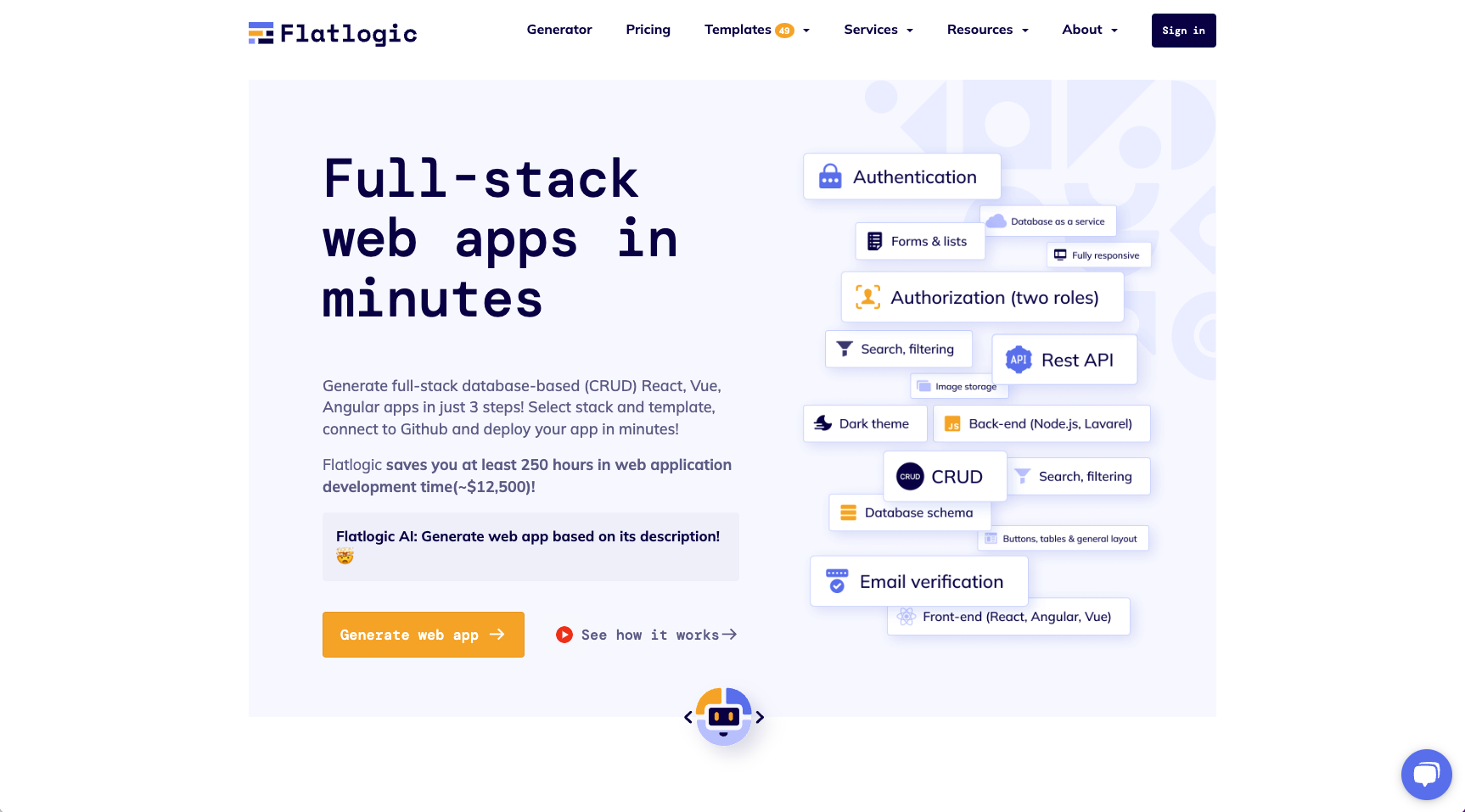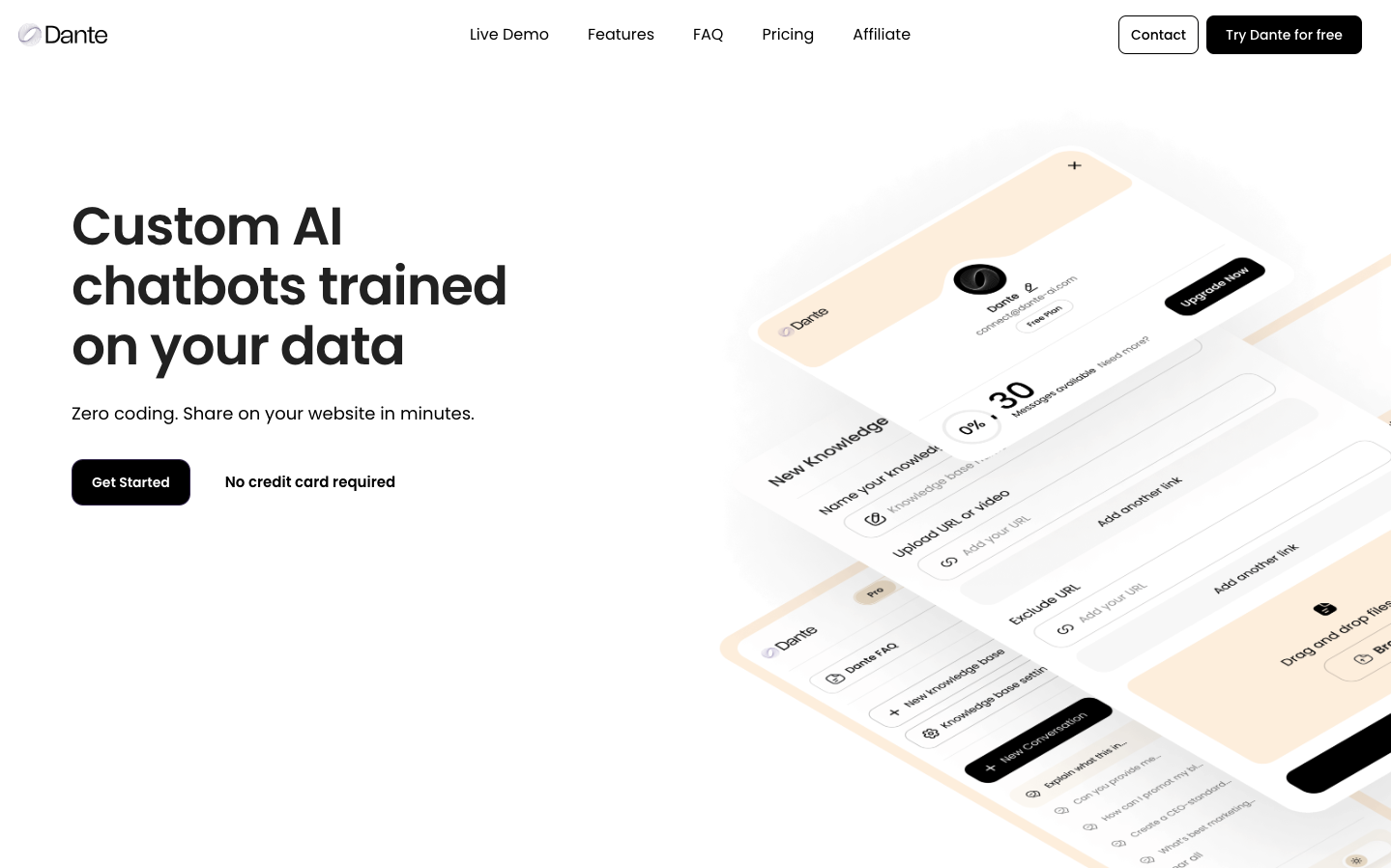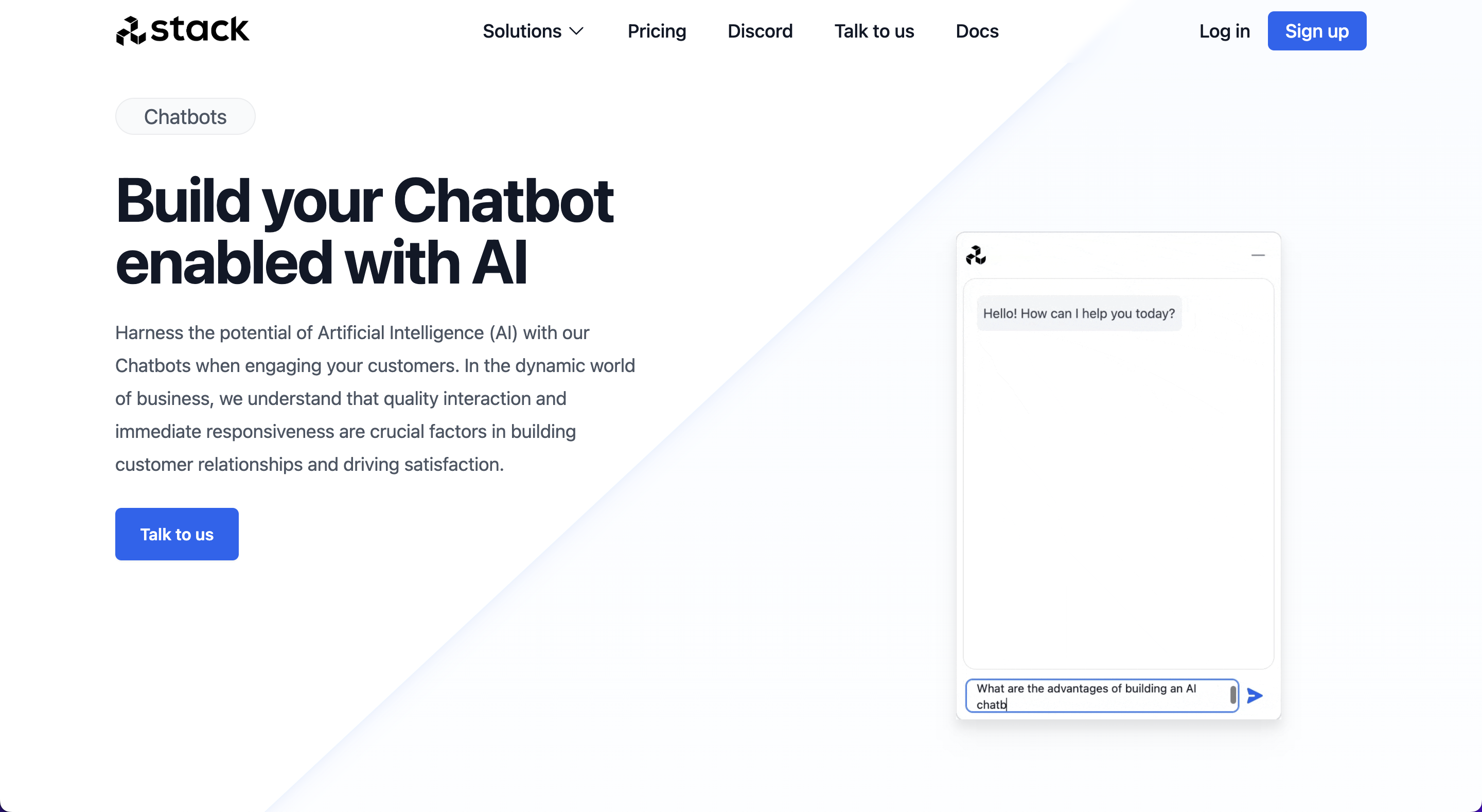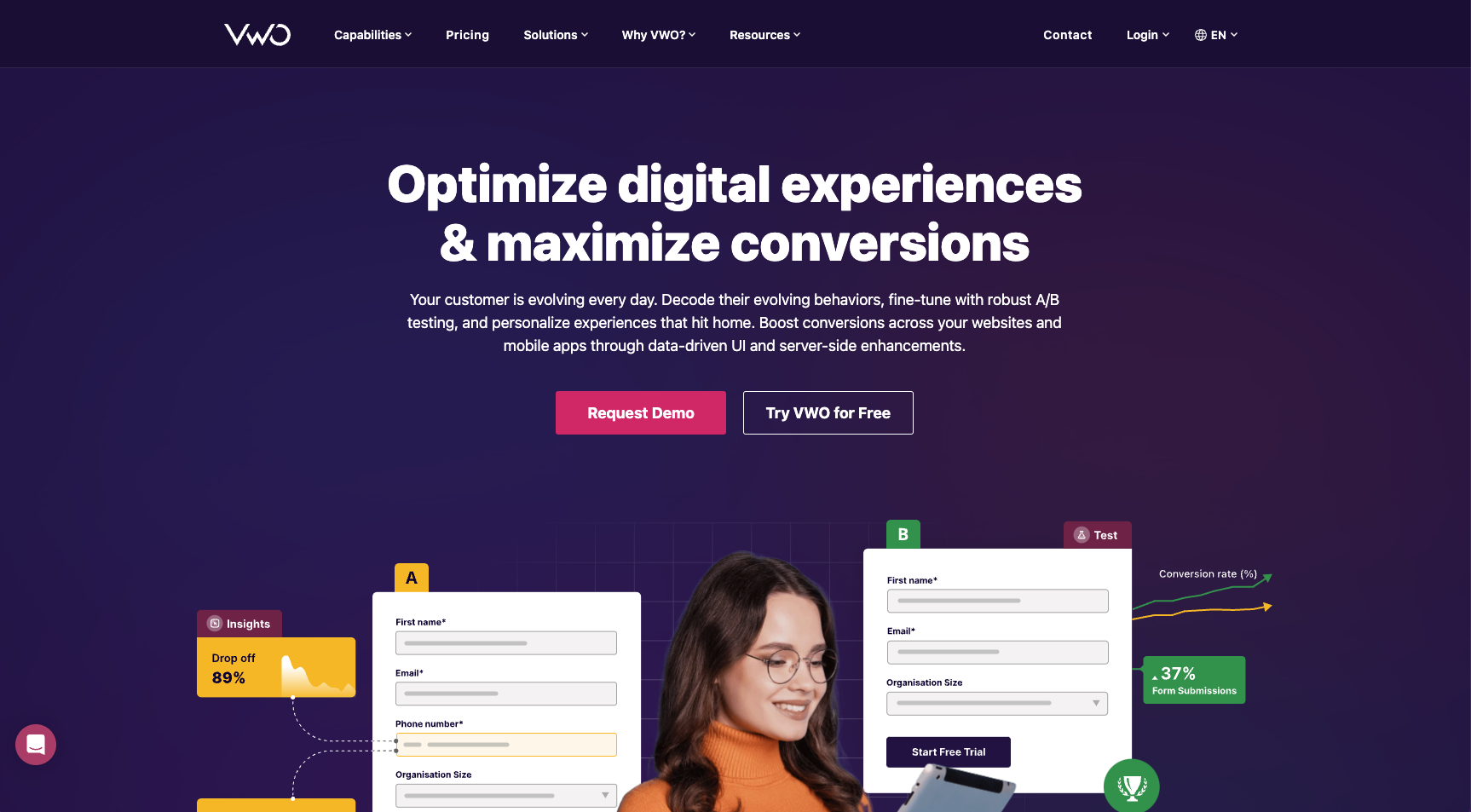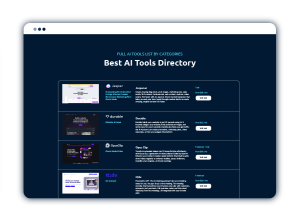- AI Tools
- AI Tools Directory
- AI For Business
- Marketing
- Social Media
- Content Creation
- Copywriting
- SEO
- Video
- Image & Art
- Email Writer & Assistant
- Ecommerce
- CRM & Automation
- AI Crypto Trading Bots
- AI Stock Trading Bots
- Website & Funnel
- Customer Service
- Free Tools
- AI Chatbots
- ChatGPT plugins
- Tool Reviews
Main Categories
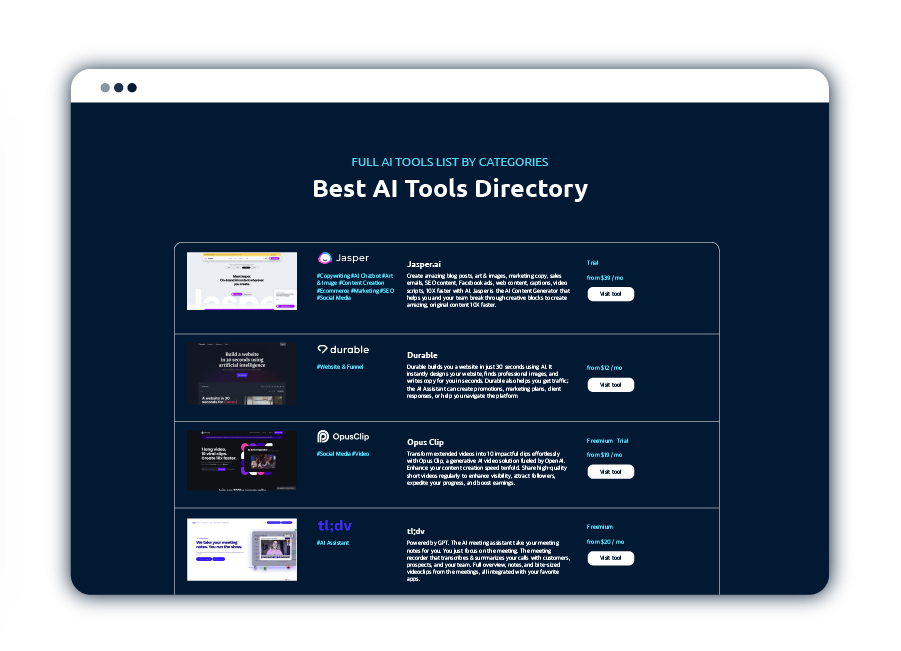
500+ Best AI Tools
Get a free AI Tool List with 500+ of the best AI Tools available. And we continue to update it every week.
Main Categories

Get 500+ Best AI Tools
We'll send you a free AI Tool List with 500+ of the best AI Tools available. And we continue to update it every week!
Main AI Tool Categories

Get 500+ Best AI Tools
We'll send you a free AI Tool List with 500+ of the best AI Tools available. And we continue to update it every week!
- AI Community

Join the FREE AI Community; learn how to use AI, ask questions, network, and get access to AI resources and practical AI lessons.
- AI Masterclass
- AI Solutions

Join the FREE AI Community; learn how to use AI, ask questions, network, and get access to AI resources and practical AI lessons.
- Contact
- AI Tools
- AI Tools Directory
- AI For Business
- Marketing
- Social Media
- Content Creation
- Copywriting
- SEO
- Video
- Image & Art
- Email Writer & Assistant
- Ecommerce
- CRM & Automation
- AI Crypto Trading Bots
- AI Stock Trading Bots
- Website & Funnel
- Customer Service
- Free Tools
- AI Chatbots
- ChatGPT plugins
- Tool Reviews
Main Categories

500+ Best AI Tools
Get a free AI Tool List with 500+ of the best AI Tools available. And we continue to update it every week.
Main Categories

Get 500+ Best AI Tools
We'll send you a free AI Tool List with 500+ of the best AI Tools available. And we continue to update it every week!
Main AI Tool Categories

Get 500+ Best AI Tools
We'll send you a free AI Tool List with 500+ of the best AI Tools available. And we continue to update it every week!
- AI Community

Join the FREE AI Community; learn how to use AI, ask questions, network, and get access to AI resources and practical AI lessons.
- AI Masterclass
- AI Solutions

Join the FREE AI Community; learn how to use AI, ask questions, network, and get access to AI resources and practical AI lessons.
- Contact
- AI Tools
- AI Tools Directory
- AI For Business
- Marketing
- Social Media
- Content Creation
- Copywriting
- SEO
- Video
- Image & Art
- Email Writer & Assistant
- Ecommerce
- CRM & Automation
- AI Crypto Trading Bots
- AI Stock Trading Bots
- Website & Funnel
- Customer Service
- Free Tools
- AI Chatbots
- ChatGPT plugins
- Tool Reviews
Main Categories

500+ Best AI Tools
Get a free AI Tool List with 500+ of the best AI Tools available. And we continue to update it every week.
Main Categories

Get 500+ Best AI Tools
We'll send you a free AI Tool List with 500+ of the best AI Tools available. And we continue to update it every week!
Main AI Tool Categories

Get 500+ Best AI Tools
We'll send you a free AI Tool List with 500+ of the best AI Tools available. And we continue to update it every week!
- AI Community

Join the FREE AI Community; learn how to use AI, ask questions, network, and get access to AI resources and practical AI lessons.
- AI Masterclass
- AI Solutions

Join the FREE AI Community; learn how to use AI, ask questions, network, and get access to AI resources and practical AI lessons.
- Contact
- AI Tools
- AI Tools Directory
- AI For Business
- Marketing
- Social Media
- Content Creation
- Copywriting
- SEO
- Video
- Image & Art
- Email Writer & Assistant
- Ecommerce
- CRM & Automation
- AI Crypto Trading Bots
- AI Stock Trading Bots
- Website & Funnel
- Customer Service
- Free Tools
- AI Chatbots
- ChatGPT plugins
- Tool Reviews
Main Categories

500+ Best AI Tools
Get a free AI Tool List with 500+ of the best AI Tools available. And we continue to update it every week.
Main Categories

Get 500+ Best AI Tools
We'll send you a free AI Tool List with 500+ of the best AI Tools available. And we continue to update it every week!
Main AI Tool Categories

Get 500+ Best AI Tools
We'll send you a free AI Tool List with 500+ of the best AI Tools available. And we continue to update it every week!
- AI Community

Join the FREE AI Community; learn how to use AI, ask questions, network, and get access to AI resources and practical AI lessons.
- AI Masterclass
- AI Solutions

Join the FREE AI Community; learn how to use AI, ask questions, network, and get access to AI resources and practical AI lessons.
- Contact



